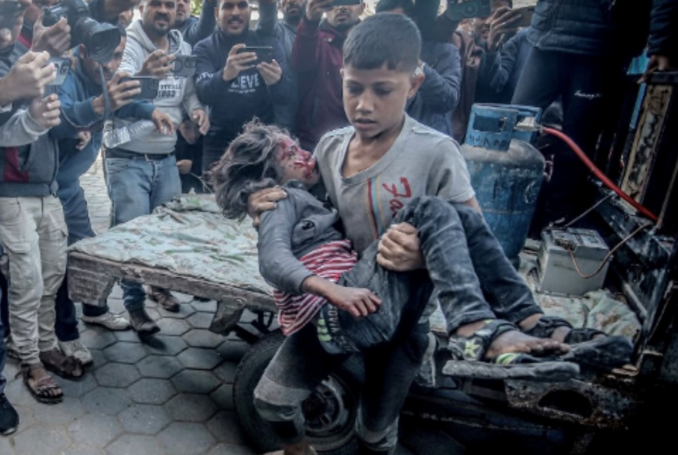
Though he was alive, I could not help but feel an intense feeling of anger. This vibrant little boy was maimed for life.
On December 14, 2024, in the afternoon, I was working in the emergency room at Al-Aqsa hospital in Deir al-Balah. During a mass casualty incident that day, we had dozens of patients arrive after an air raid on a refugee camp nearby.
One of those patients was an 8-year-old little boy named Sami. He was carried in by another boy not much older than him. He was transported by a donkey cart because automobiles had been destroyed for the most part, and new ones were blocked from entering.
Sami had a blast injury to his face, ripping apart most of the vital structures. His mouth, nose, and eyelids were all injured. The rest of his body was fine except for a couple of minor wounds. When he got to the resuscitation bay, he was laid on the gurney with no adult in sight yet.
He was covered in a bloody jacket with a red-and-white striped shirt underneath. As I removed the jacket with my trauma shears, I felt a heavy burden. This little boy, who was fighting for his life after a US-funded bomb dropped on his family’s home, was being treated by an American-born doctor.
While he lay gurgling and choking on his own blood in front of me, I suctioned his mouth and nose to remove any obstruction in his airway. Just a slight movement in his face, and I realized his entire jaw was dislocated and ripped off, hanging on by a small piece of skin. There was shrapnel and burn wounds on his entire face and neck.

While I was working on him, another mass casualty incident came in with even more critically injured patients. I was forced to move little Sami on to the ground so as to make space for the other wounded patients to lay. While I lay him on the ground, his mother and uncle arrived screaming with fear.
His mother immediately threw herself to the ground and started praying to God that her son be spared. She looked me straight in the eyes and grabbed my hand firmly, begging me to do everything to save him. I nodded my head with reassurance, but deep down, I knew there was no promise like that I could make. Given his condition, I knew it would be a miracle if he were saved.
I was able to stabilize him for the time being so that I could transport him to the nearest functioning CT scanner that was in a “red zone,” meaning it was off limits to humanitarian workers such as myself for safety reasons. This meant there was a high chance of munitions being dropped in that area. I chose to get on the ambulance anyway to protect his airway and to make sure he got to the CT safely.
While we were in the ambulance with Sami, another woman who was barely alive was also being transported for imaging. She was breathing through a tube and accompanied by her adolescent son, holding her hand. We were all together in this ambulance, uncertain what the next five minutes would even bring. Each of us was praying that humanity would prevail and stop these crimes from taking place, but we knew better.

The ambulance drove through rubble and crowds of people on the road. Since the roads are destroyed, there are few ways to get from one location to another, making it nearly impossible for the ambulance drivers to bring patients to and from the hospital. What seemed like a lifetime in this ambulance, with bombs dropping around us and gunshots overhead, we made it safely to the CT scanner and back to the Al-Aqsa Hospital.
The oral surgeon who was in the ambulance with me was able to immediately take him to the OR for surgical repair. I walked up to the OR with Sami holding his tiny hand and walked out as they began prepping him for surgery.
The next day, I was walking through the hospital when someone grabbed my arm. It was Sami’s mother. She was sitting on a hospital bed in the corner of a hallway, which was also flooded with other patients on the ground or on cots. “Dr. Mimi, shokran!”, she said to me.

I looked on the bed and there was little Sami with sutures in place, but alive and breathing on his own. Though he was alive, I could not help but feel an intense feeling of anger. This vibrant little boy was maimed for life. He could barely open his mouth to drink from a straw and kept crying in pain every time he moved.
The country I belong to, pay taxes in, and reside in funded and proudly supported Sami’s devastating injuries. Over 50% of Gaza’s population are children. The United States government is funding an illegal war on children. Nearly every global humanitarian agency has called what is happening in Gaza a war crime. Yet, the US continues to supply weapons to commit these crimes.
As I sit in my home comfortably writing the story of Sami, I am reminded that these deliberate and heinous crimes are still being committed against children like Sami and most recently the vicious mass murder that took place on March 23, 2025 when over a dozen Palestine Red Crescent Society first responders were brutally killed by the Israeli army and later found buried in a mass grave.
As I sat in that ambulance that day with little Sami and the rest of the first responders, I realized the immense danger they put themselves in on a daily basis. Each part of the ambulance had a bullet hole in it. When I asked what happened, they told me that Israeli snipers shot at them while attempting to bring patients to the hospital.
Some of the ambulance workers and first responders I met while in Gaza were some of the strongest and kindest individuals I have ever met. They embody the meaning of strong work ethic and are true to their profession. First responders are not targets, just like children, hospitals, journalists, and healthcare workers are not targets. When will it end? Will there ever be a red line when it comes to Gaza? When will the US government represent what I once understood it to be? Weren’t we supposed to be the “good guys”?
(The Palestine Chronicle)
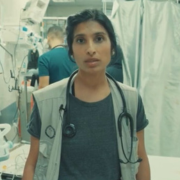
– Dr. Mimi Syed is an American board-certified emergency medicine physician, Dr. Syed served in Gaza from August 8 to September 5, 2024, and December 3 to December 31, 2024, at both Al-Aqsa Hospital and Nasser Hospital. She contributed this article to the Palestine Chronicle.

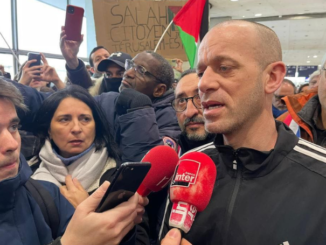
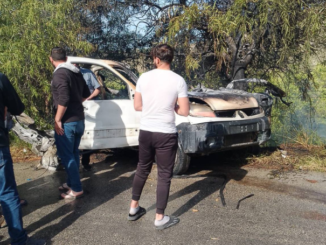
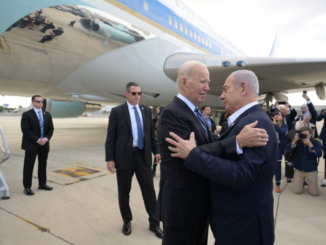
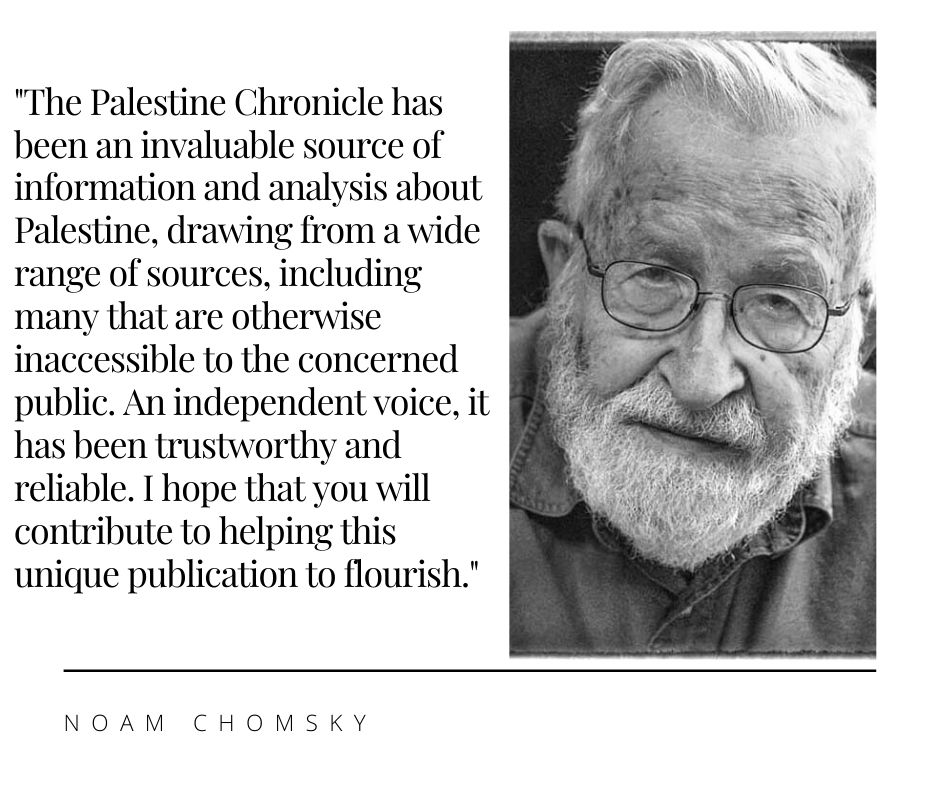


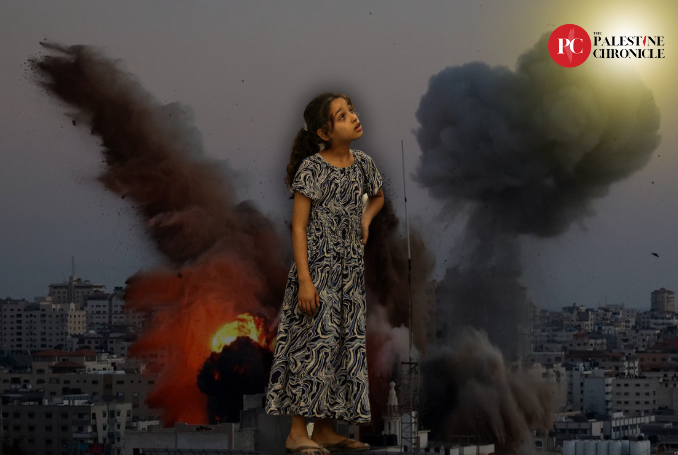
Be the first to comment